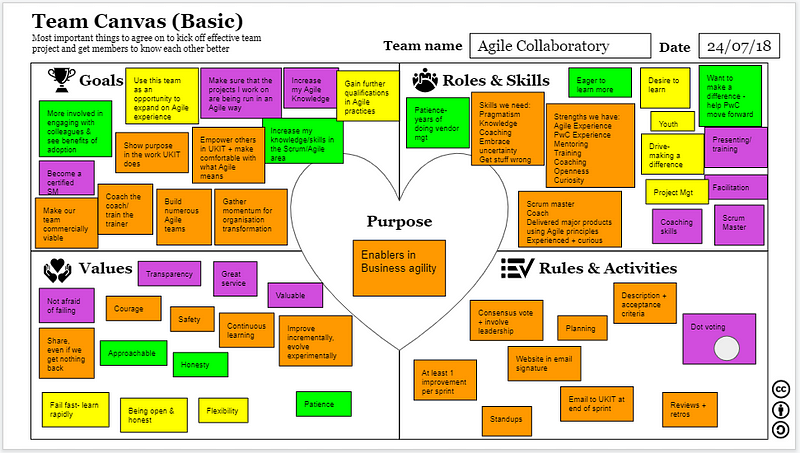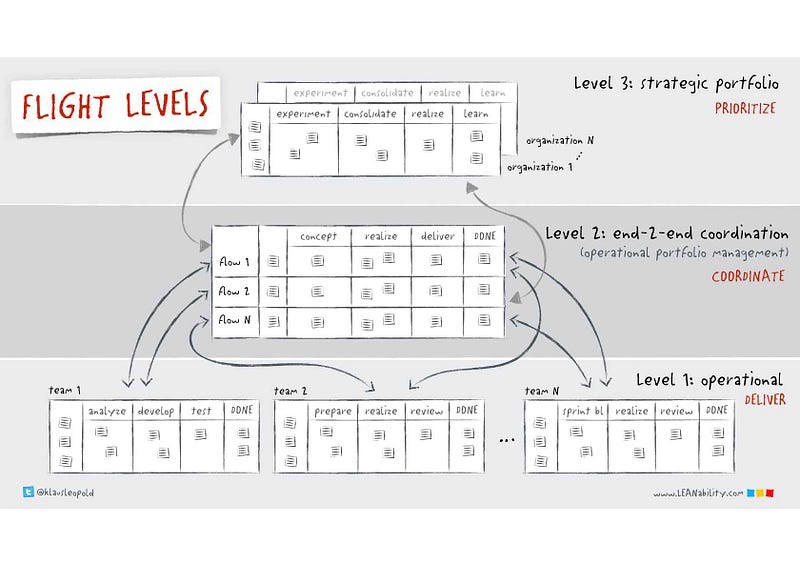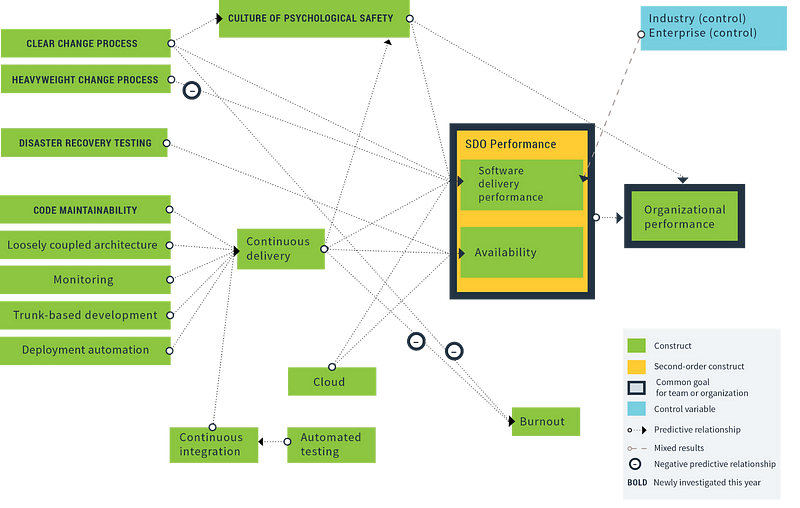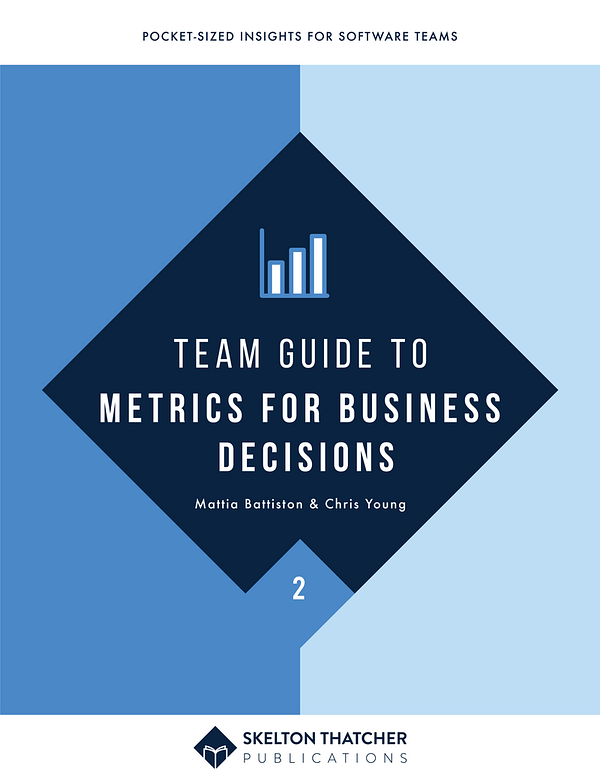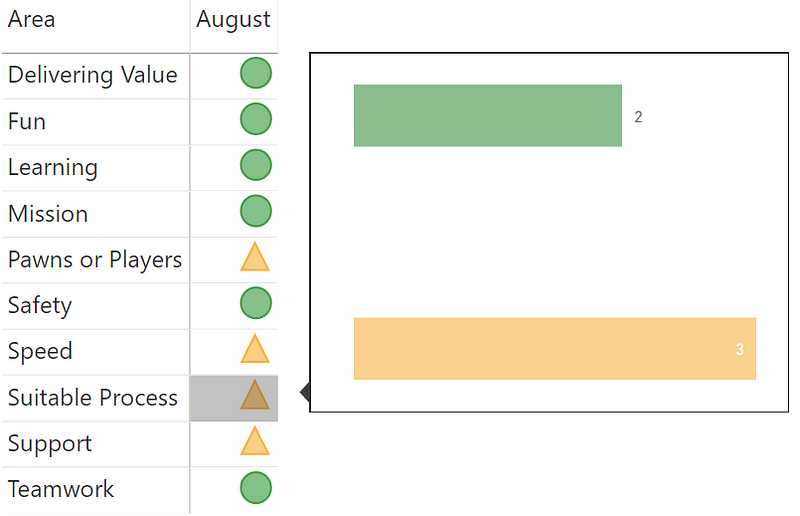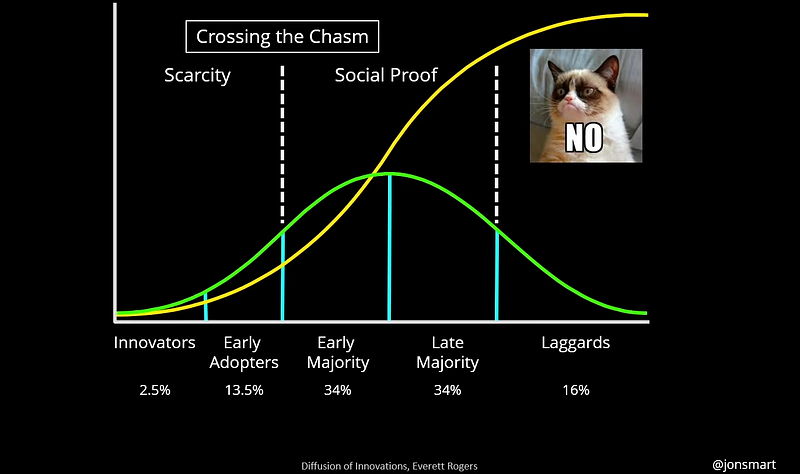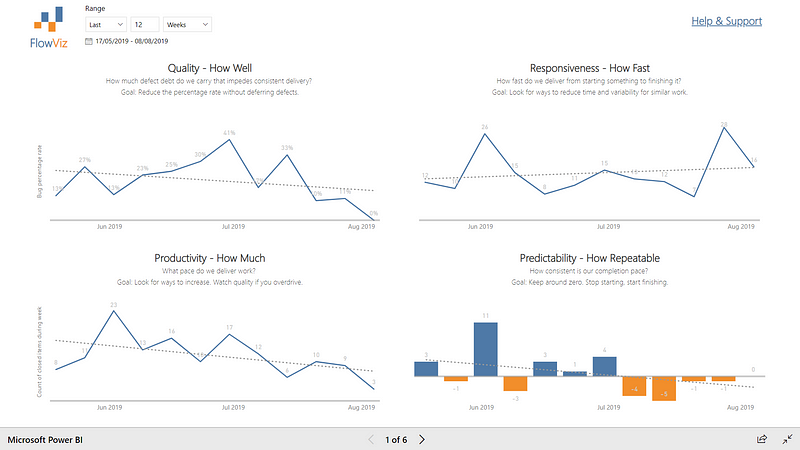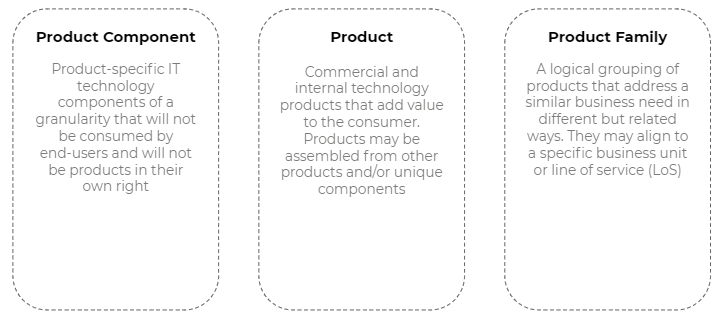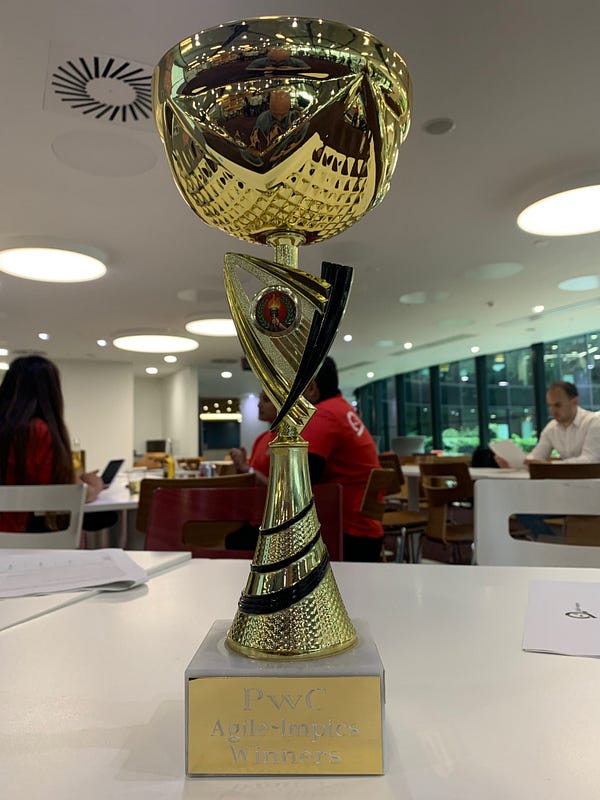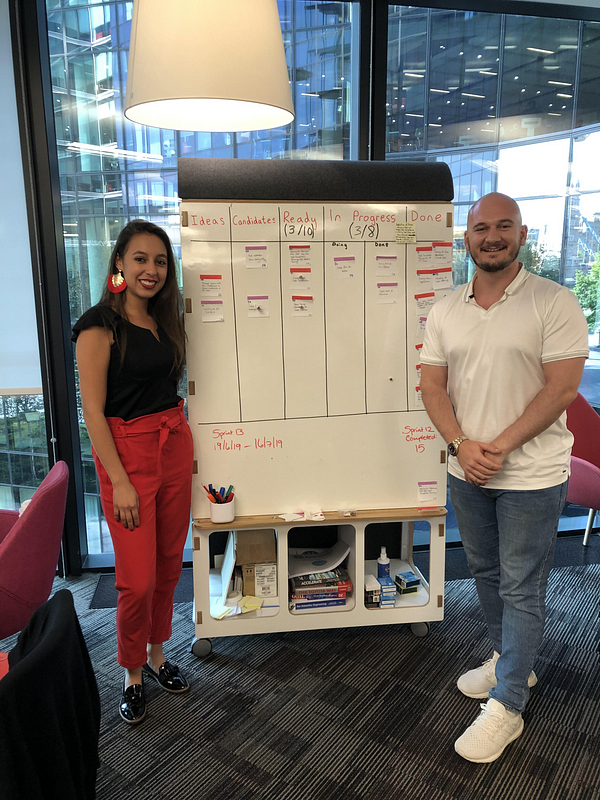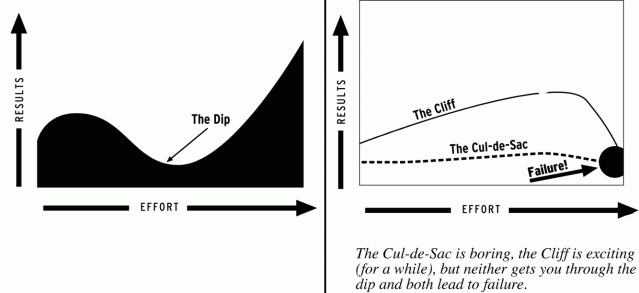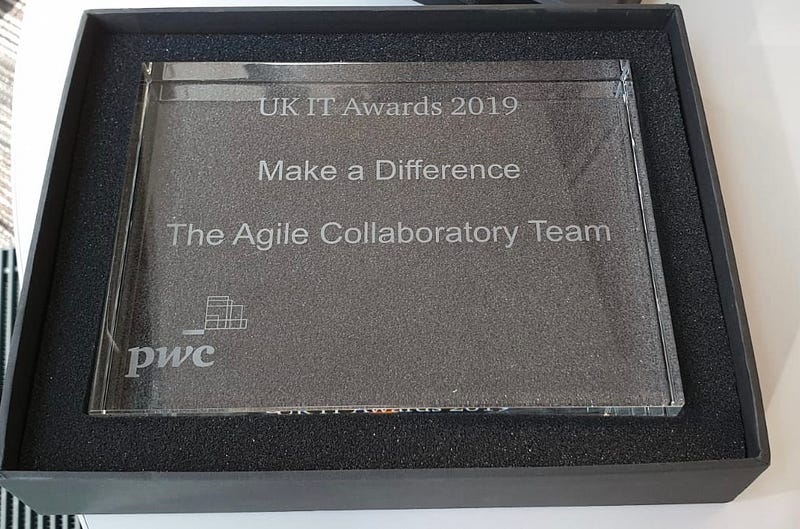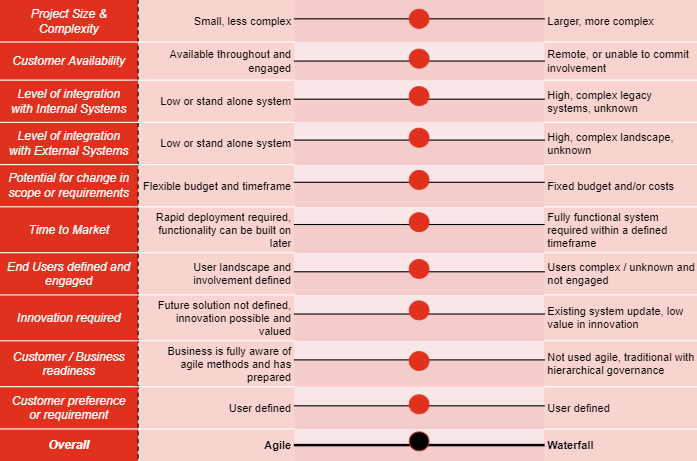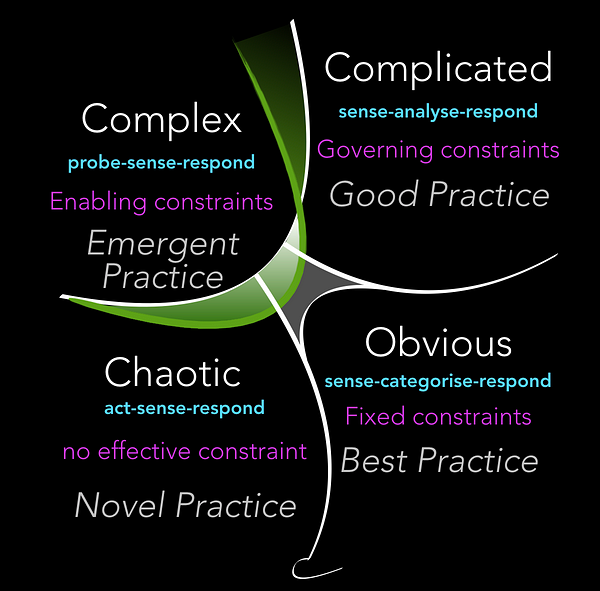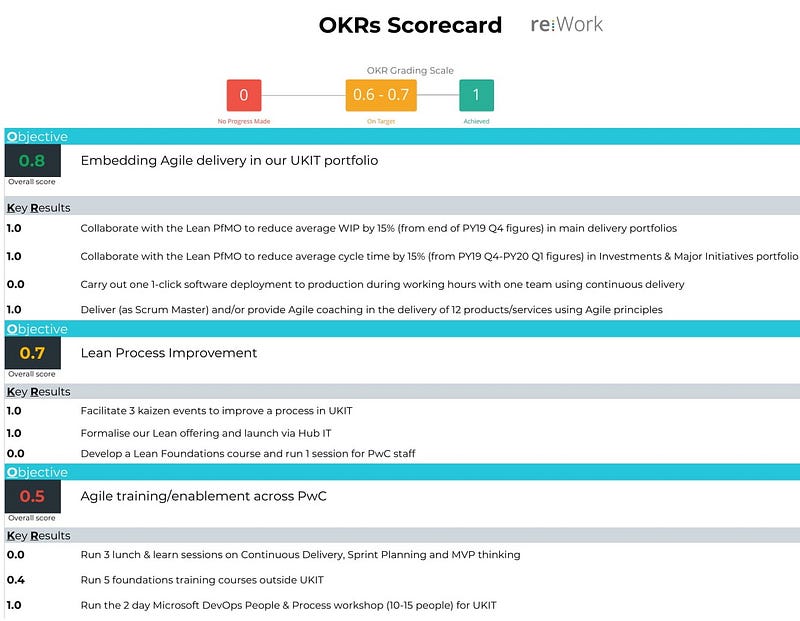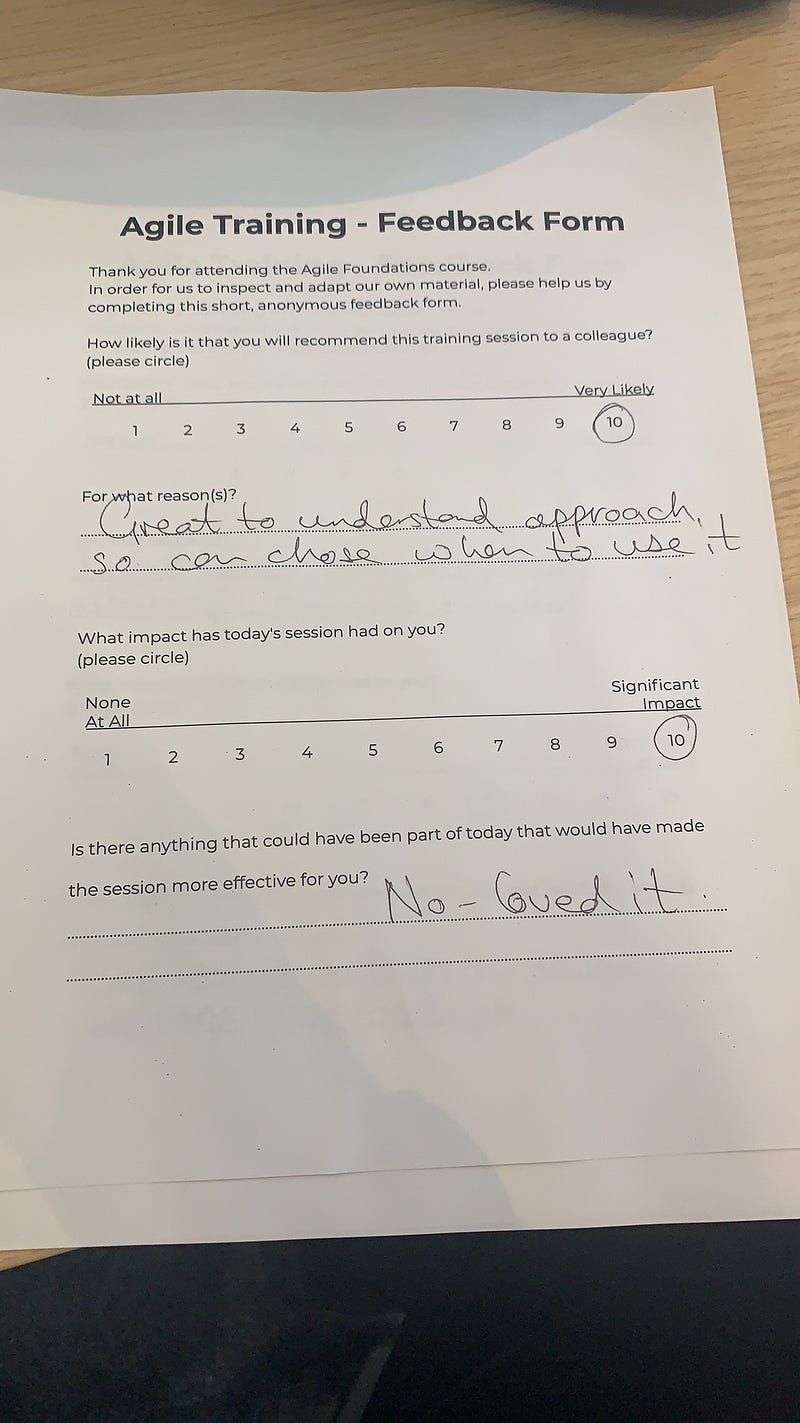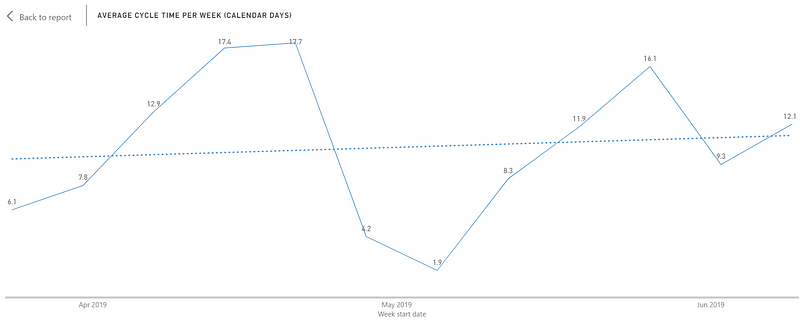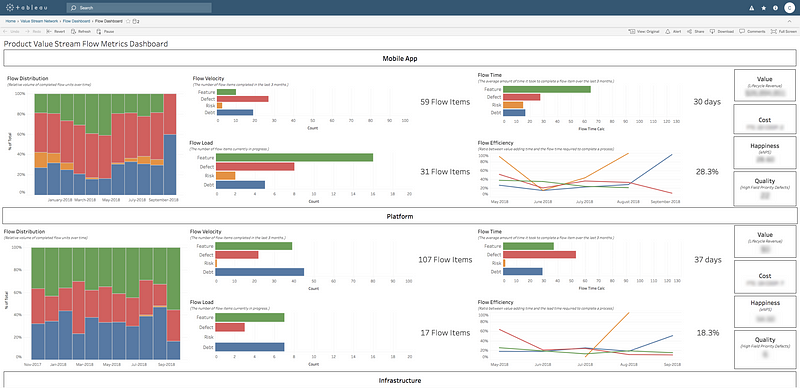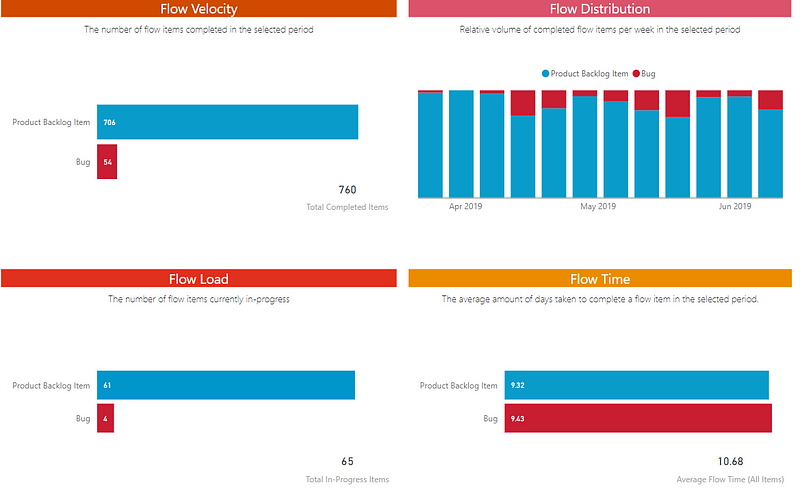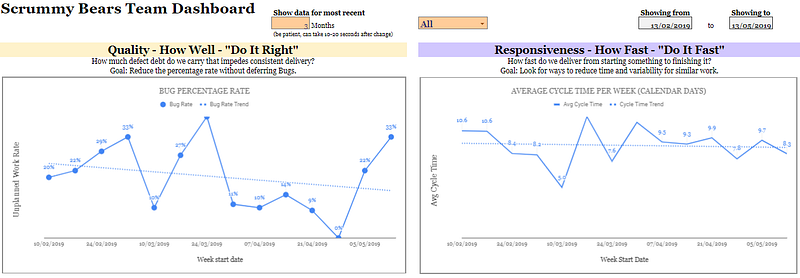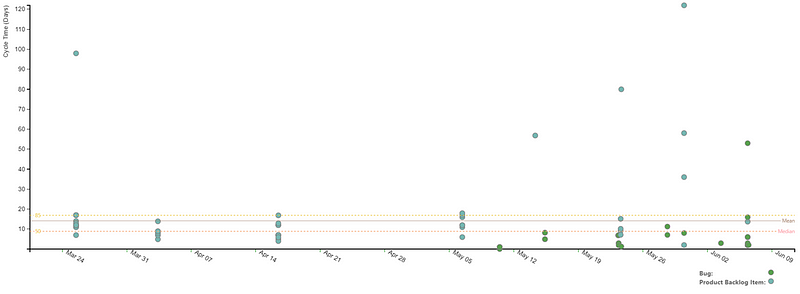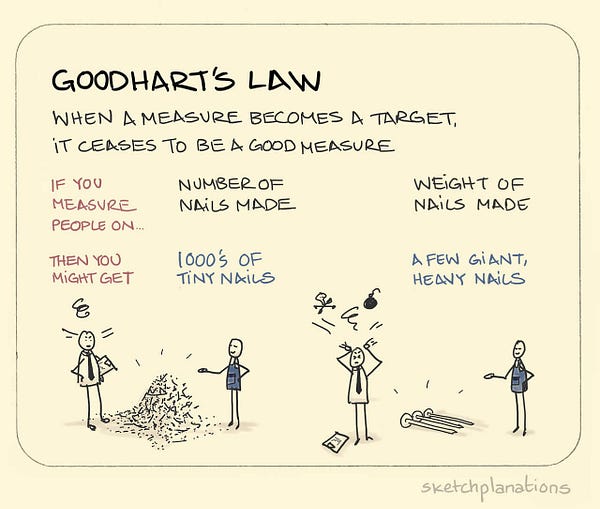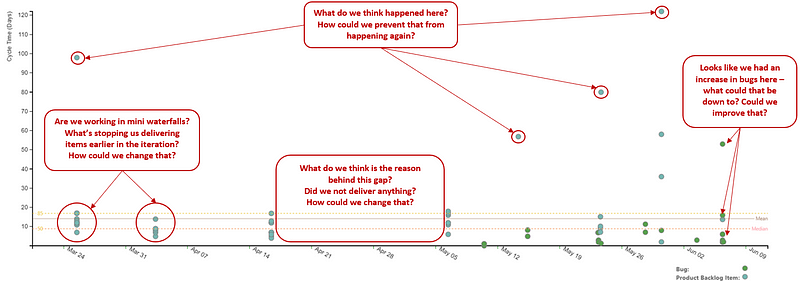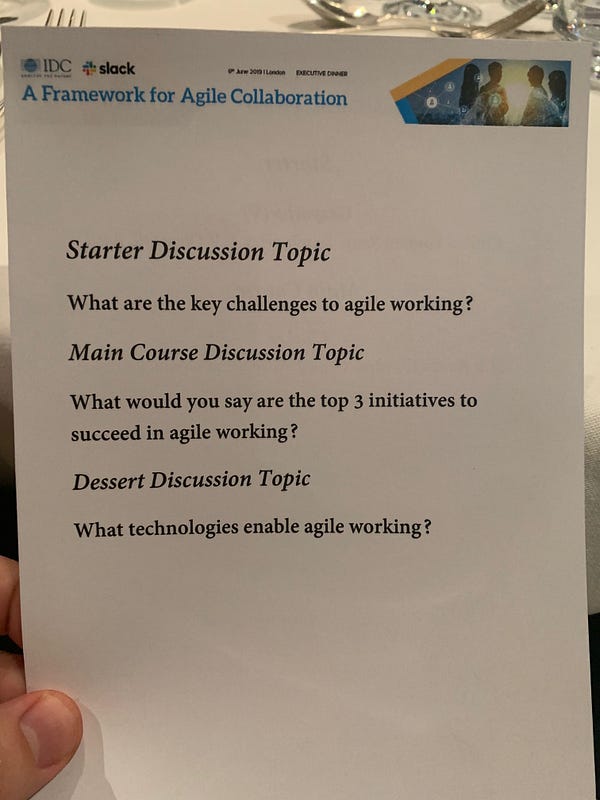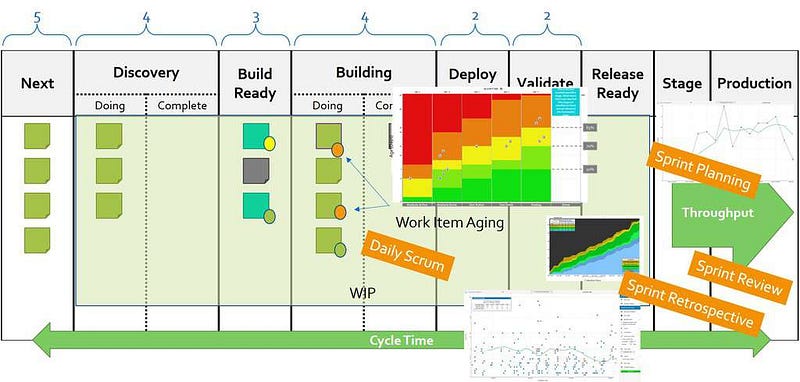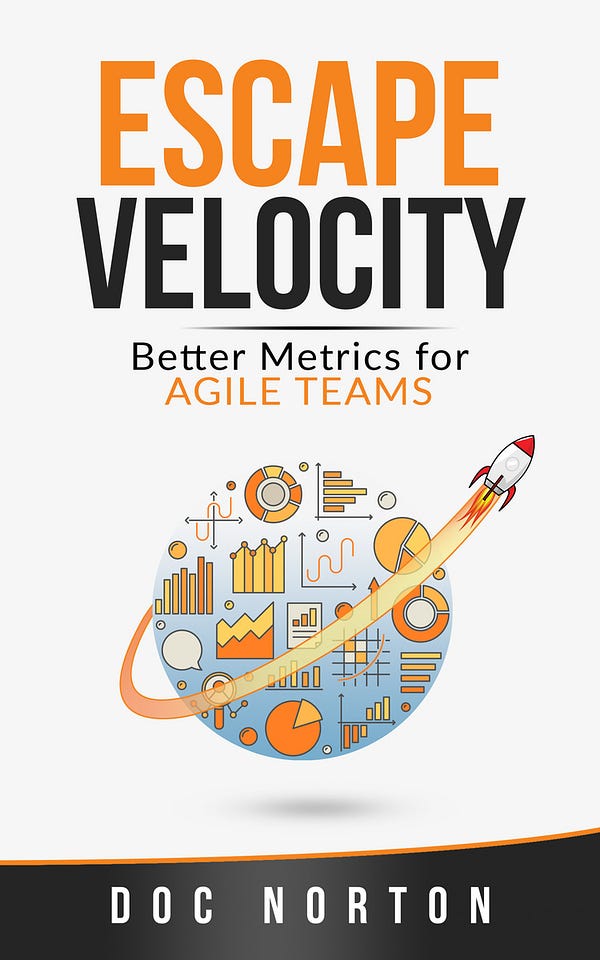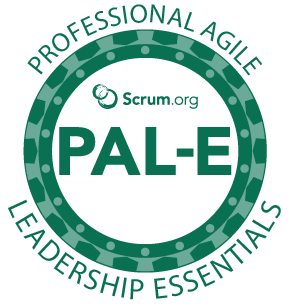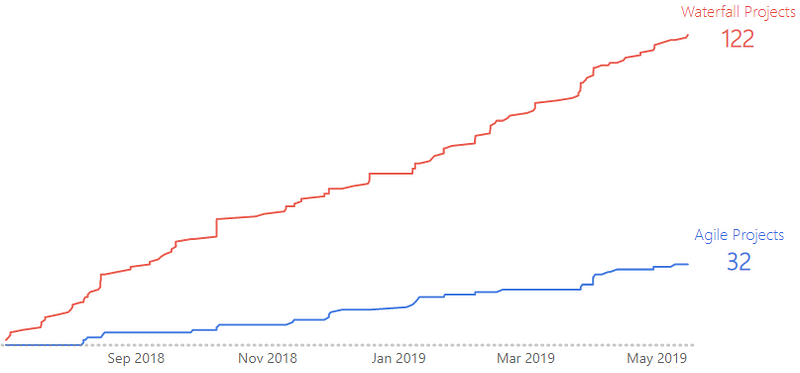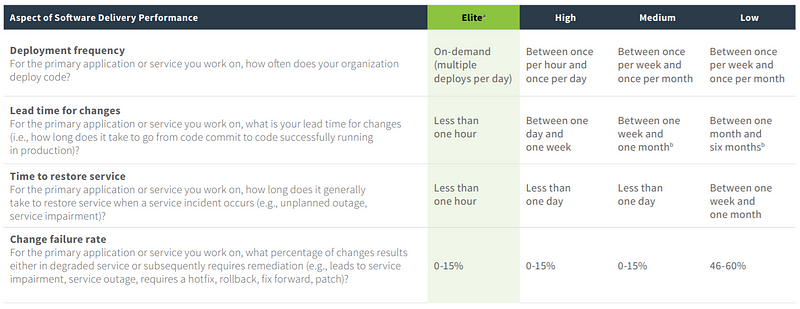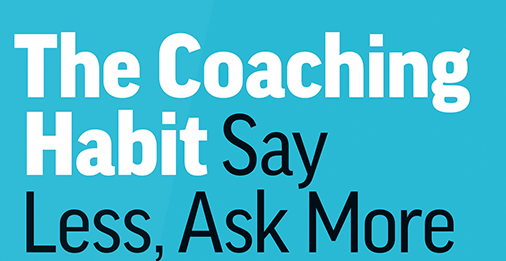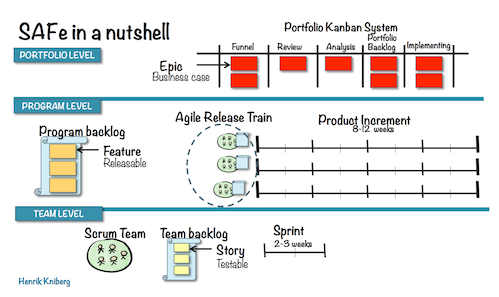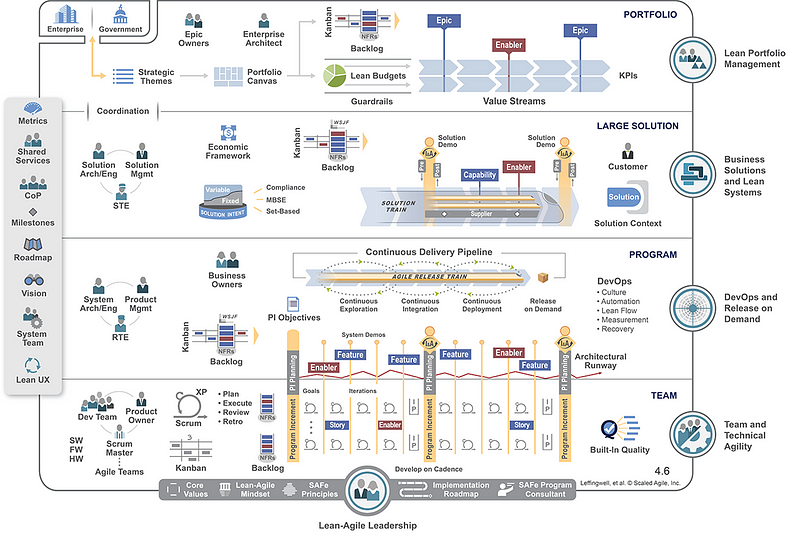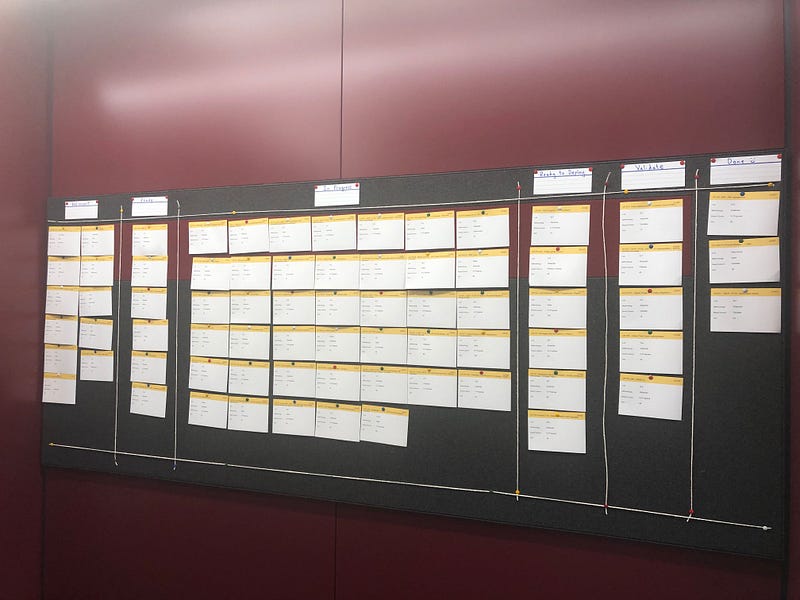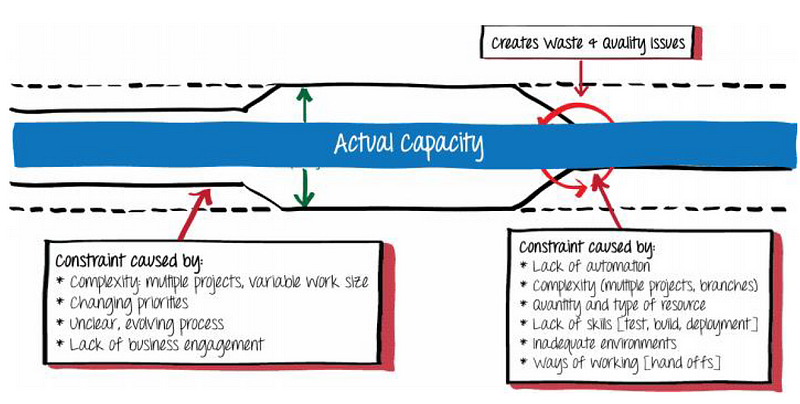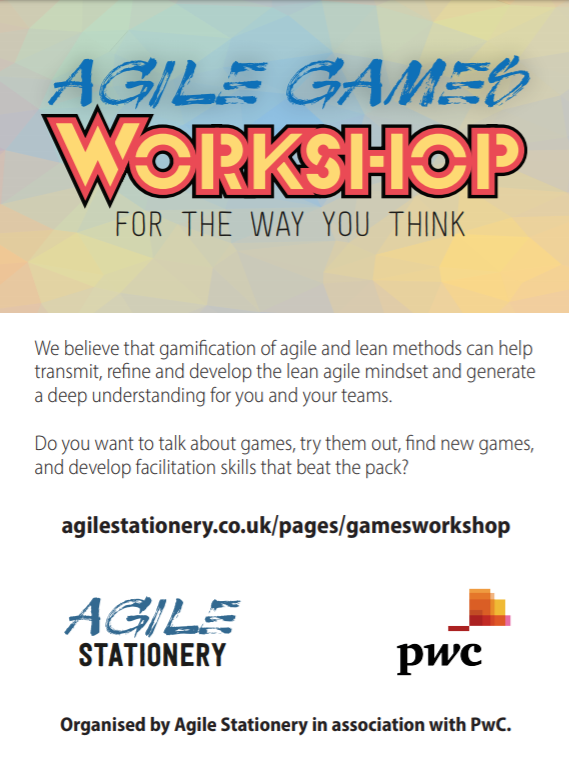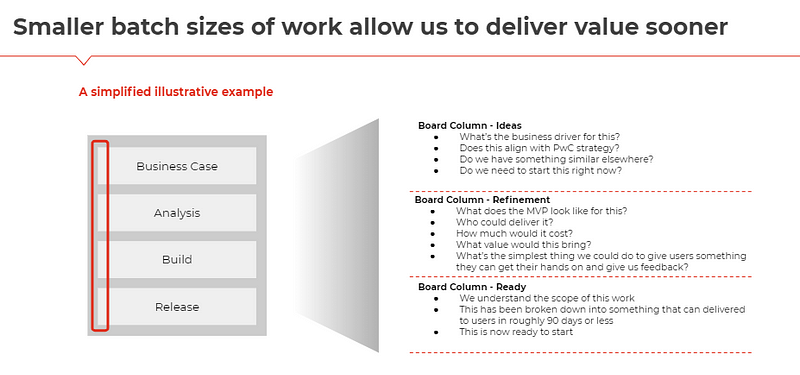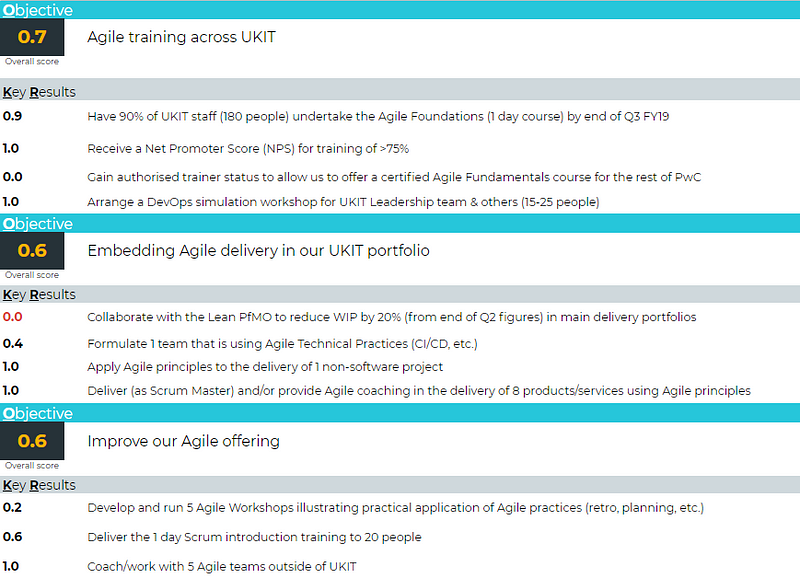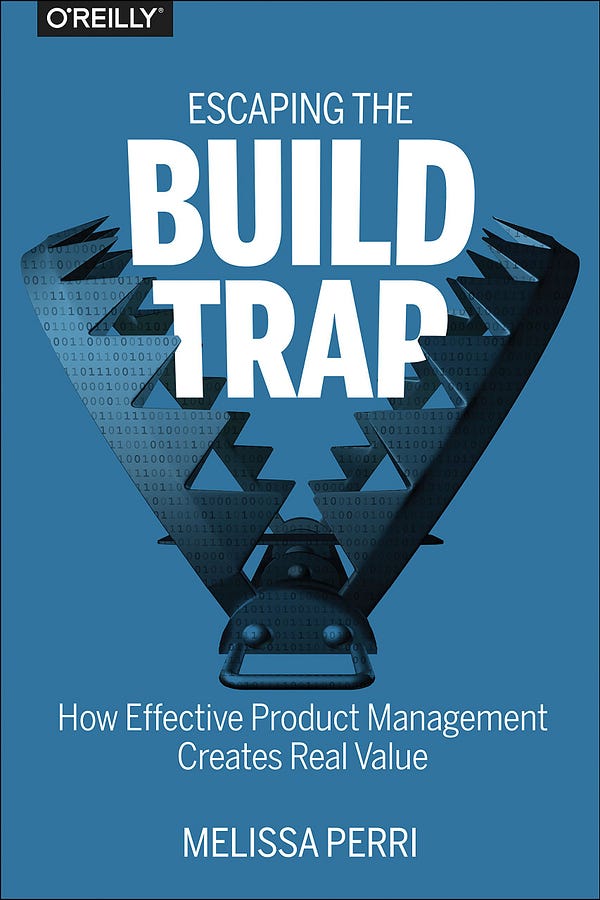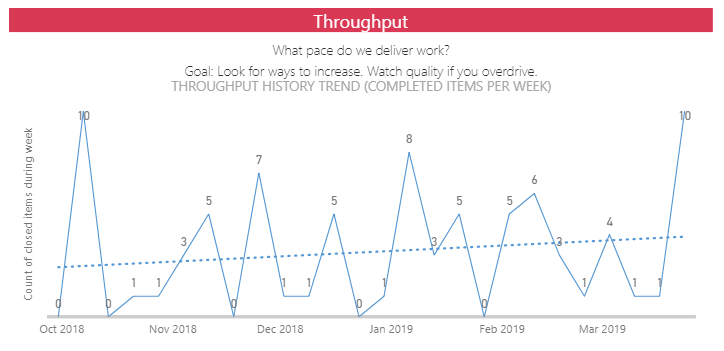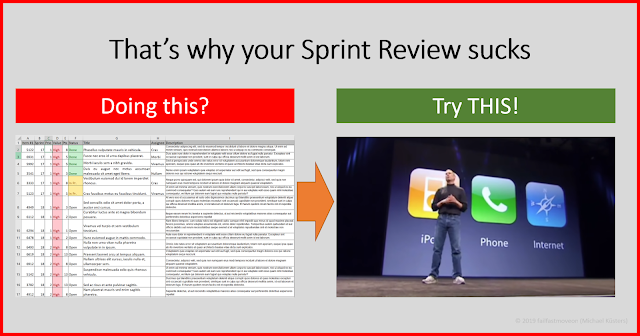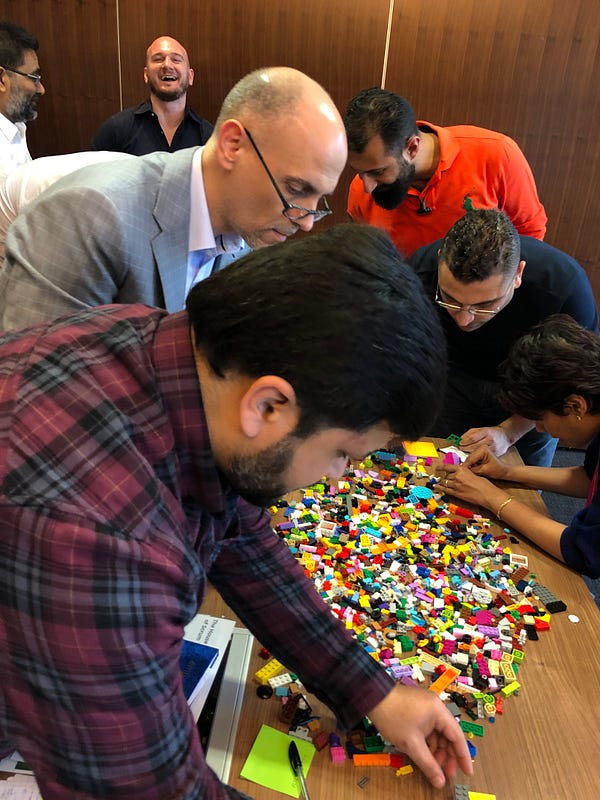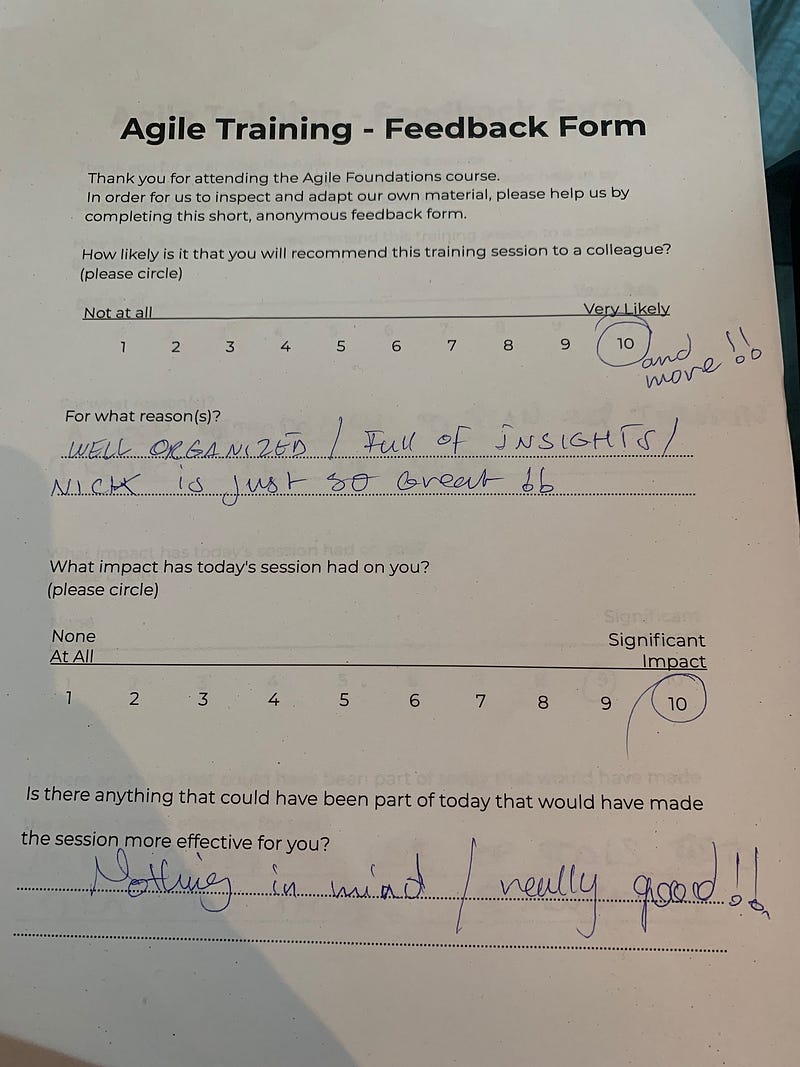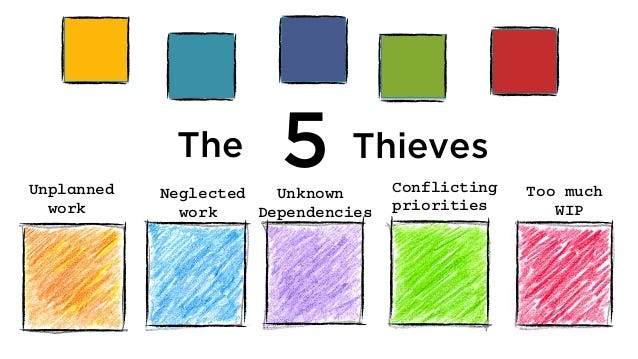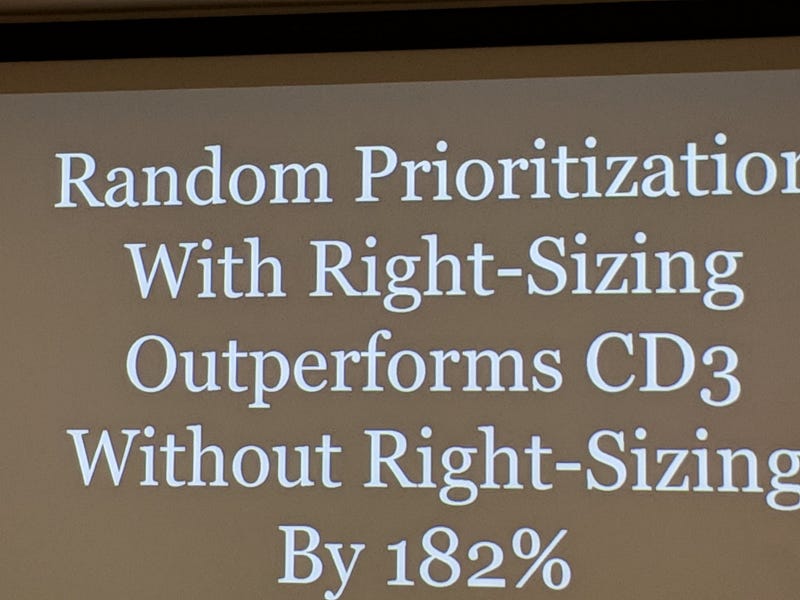Manchester Travels
This week I spent a couple days on the newly designed fourth floor of our Manchester office. Despite the rain (seemingly every time I go to Manchester) it was great to see a new, modern work environment with lots of space for visualisation and collaboration amongst teams.

One of the main reasons for my visit was to present our proposed new ways of working model to get an agreement around this being where we *think* (as it’s emergent) we want to go, as well as formulating a working group and how to approach the change (incremental rather than big bang). It was one of the most positive meetings I’ve been to in recent months, both in the sense of getting feedback/providing clarity to others, and from a personal standpoint being able to passionately showcase the work our team have spent the last few months on.
Another reason for my visit was to meet our new Agile Delivery Manager — Stefano Ciarambino who has moved across from Consulting to do a six month secondment with our team. Me and Stefano have chatted on and off about all things Agile for the past 6/7 months, after he attended one of the Hands On With Azure DevOps course I ran. I was impressed with his experience and understanding as a practitioner, and with us starting to gain momentum with our new ways of working model, we needed a new face in the team to help *do* and help others do. Having learnt through some past mistakes, I’m quite particular now around who we have in our core team and them bringing something unique to the table. I’m hoping it proves to be an enjoyable six months for him and for us, so that we can make his stay a permanent one — welcome aboard Stefano!
Reflection
This week is a bit of one for anniversaries! This post will mark 26 weeks/6 months of writing weeknotes. In reflecting on the writing of them, I’ve found it to be a great vehicle for checking that the work I’m doing actually has purpose. For example if I’m getting to the end of the week and struggling to come up with things to write about, then maybe I’ve not been working on the right things! I hope sharing the things I’m learning through our own internal Agile adoption should help others who are experiencing it in a big organisation, and show to those who I do work with that I’m learning all the time, just as they may be.
This week also marks the four year anniversary since I joined PwC. When I think about that first team I joined to work with, who were split by developer per application, estimating tasks in story points but stories in hours, not delivering anything working at the end of sprints and working without PO’s, it’s fair to say I’ve come a long way since then! There’s been some memorable high points for me, a highlight being over the last twelve months in building a team of people who I look forward to working with every day. Also it contains some low points, for example being maybe too dogmatic at the beginning around Agile or having to walk away from teams as the negative behaviours from a management perspective inflicted on them were not going to change.
Hoping for both to continue for the foreseeable future and to writing the same again in twelve months time!
Next Week
Next week is our sprint review, looking forward to getting feedback on work we’ve done and what we should focus on next. I’ve also got some conversations with people who could help us in our transition towards new ways of working — looking forward to hearing their thoughts and seeing what adjustments we could make.
